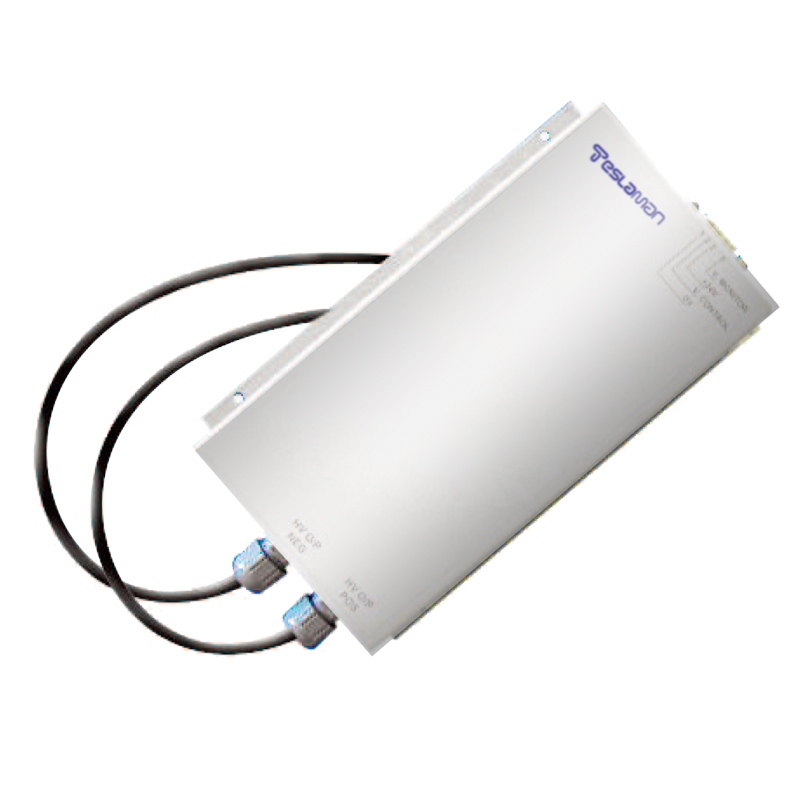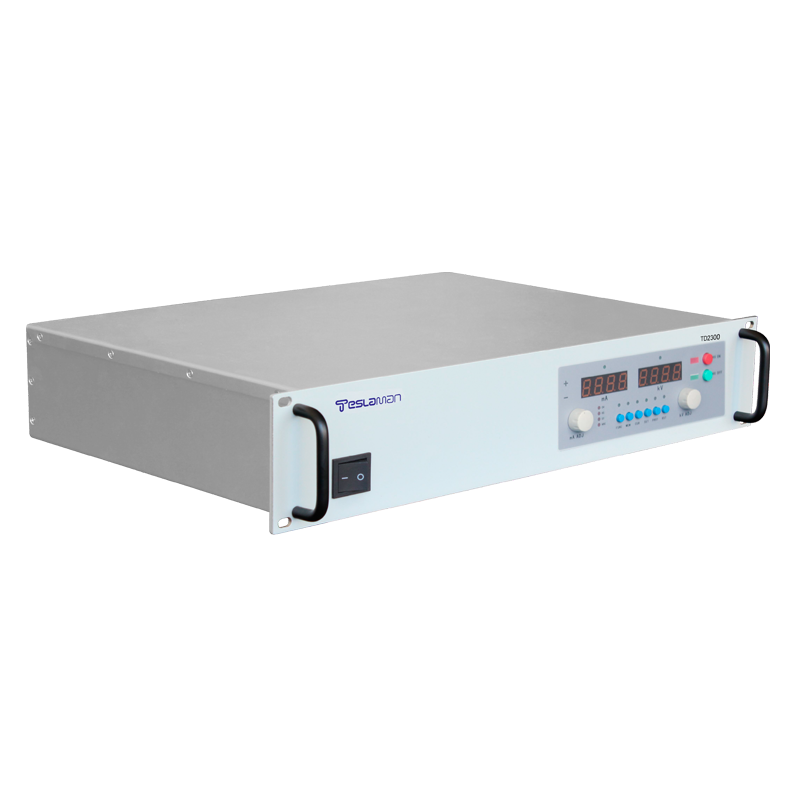High-Voltage Power Supply Load Matching in Etching Equipment: Core Challenges in Precision Processes
I. Technical Principles of Load Matching
In plasma etching equipment, high-voltage power supplies excite reactive gases to form plasma, where ions bombard material surfaces for etching. The core of load matching lies in impedance matching:
1. Maximized Energy Transfer: Conjugate matching between the power supply output impedance and plasma load impedance (real parts equal, imaginary parts opposite) achieves >95% power transfer efficiency, avoiding energy loss from reflected waves .
2. Dynamic Response Requirements: Plasma impedance fluctuates in real-time (e.g., gas ionization rate variations). Power supplies require auto-matching systems (e.g., RF matching networks) to dynamically adjust capacitance/inductance values, stabilizing impedance .
3. High-Frequency Challenges: In 13.56 MHz RF systems, wavelengths (~22 m) are comparable to transmission line lengths. Mismatch causes standing waves, reducing etch uniformity by >±10% .
II. Impact of Load Mismatch on Etching Processes
1. Loss of Profile Control
• Verticality Deviation: Impedance mismatch leads to non-uniform ion energy distribution. For example, ±5% power output fluctuation may cause silicon etch sidewall angles to deviate from 90°±2°, affecting high-aspect-ratio structures .
• Reduced Selectivity: Ignoring impedance differences between base layers (e.g., SiC) and etched films (e.g., Low-k dielectrics) reduces selectivity from 20:1 to 5:1, damaging underlying layers .
2. Micro-Loading Effect Aggravation
In small-feature etching, impedance mismatch causes local current density variations, reducing etch rates in ≤100 nm features by 30% compared to open areas, creating depth non-uniformity .
--
III. Advanced Matching Technologies
1. Pulsed Bias Mode
• Dual-Power Switching: Alternating between polymer deposition (low power: 10-50W) and etching (high power: 100-5000W) at 0.25-100 Hz increases base-layer polymer thickness beyond ion penetration depth, tripling selectivity .
• Duty Cycle Optimization: 99% duty for high-aspect-ratio etching; 1% for surface planarization .
2. SiC Power Devices
Third-generation semiconductors reduce response time to microseconds, supporting 40 kHz high-frequency modulation with 0.1% matching accuracy, overcoming delays from silicon-based device switching losses .
3. Digital Twin Matching Systems
Real-time plasma impedance spectroscopy enables virtual strategy pre-validation, cutting process debugging time by 70% and increasing yield to 98% .
--
IV. Challenges and Future Trends
1. Nanoscale Matching Limits
3 nm processes require etch depth errors ≤±1.5 nm, necessitating sub-millisecond impedance feedback systems. Current technology still exhibits ±5 nm variations .
2. Multi-Physics Coupled Design
Future power supplies must co-optimize electromagnetic (impedance), fluid (gas flow), and thermal fields for one-click matching intelligent control .
--
Load matching in etching equipment high-voltage power supplies bridges electrical engineering and semiconductor manufacturing. As processes advance toward the angstrom era, matching technology will evolve from reactive response to proactive prediction, becoming a key enabler for extending Moore's Law.




















